The fear of flying is fairly widespread. It is estimated that up to one in every four individuals experiences this phobia or feels some level of discomfort when airborne. This anxiety may be particularly heightened following Air India’s recent plane crash, where nearly everyone aboard lost their lives except for a single passenger.
Aerophobia or aviophobia, which is classified as a clinical disorder, affects merely around 10% of individuals who have a general fear of boarding airplanes.
Why do so many individuals dread air travel?
“As flying doesn’t typically form part of daily routines for most individuals,” explains psychiatrist and psychotherapist Dr. Udo Wortelboer, who has lately shared therapeutic methods aimed at addressing aerophobia during a travel medicine conference held in Berlin.
At the airport, travelers proceed with check-ins, submitting unaccompanied luggage, undergoing security checks amidst bustling crowds, listening to public address system announcements, dealing with flight alterations, and more. He notes, “This series of possibly stress-causing events could significantly elevate your stress levels.”
Next comes the actual flight itself. Despite frequent assurances about the safety of air travel being superior to other modes of transportation, numerous individuals still experience fear—often unrelated to concerns over altitude.
Especially during takeoffs and landings, or when experiencing turbulence, some individuals may experience ‘catastrophic thinking’ so intensely that it leads to panic attacks where they believe they might go insane or be on the verge of death, according to Wortelboer.
When aerophobia acts as a clinical disorder, the fear emerges even without being triggered by a specific circumstance—simply contemplating an airplane trip can induce a panic attack. The intense and automatic aversion displayed through actions like hesitating to board a flight, despite recognizing that the actual danger is negligible, might require specialized assistance, according to him.
What methods are used to treat the fear of flying?
This relies on its extent, as stated by Wortelboar.
Mild: If your anxiety doesn’t seriously interfere with your life, you can take self-help measures, for example by using audiobooks, podcasts or apps aimed at managing your feelings.
A moderate approach involves joining a fear-of-flying workshop which provides attendees with details about their anxiety along with statistical evidence showcasing the high safety standards of aviation. Participants also acquire methods for staying calm, practicing breath control, and mastering relaxation tactics. These workshops typically collaborate with airlines and end with participants taking an actual flight as part of the experience.
When the level of fear is extremely high, and additional anxiety or depressive symptoms are evident, Wortelboer suggests that seeking a psychiatric or psychotherapeutic evaluation would be highly recommended. This step allows for the development of a focused treatment strategy.
What is the process of how exposure therapy functions?
Similar to most phobias, aerophobia is typically addressed through cognitive behavioral therapy. This approach often overlaps with techniques used in fear-of-flying workshops—such as psychoeducation—which involves understanding fear, its role, and when it occurs.
The key aspect is being exposed to the fear-causing scenario,” explains Wortelboer. This usually involves a step-by-step approach that incorporates fear-evoking ideas, visuals, locations, or circumstances related to flying. The treatment proves effective when, following the final ‘mock flight,’ you can exclaim, ‘It worked!’.
The more frequently you encounter these positive experiences, the stronger your mind learns that there’s no cause for alarm. Unlike exposure therapy aimed at overcoming fears like those related to spiders or elevators, repeatedly facing flights can be much more challenging.
Can technology help?
Virtual reality (VR) can be beneficial in this scenario. It has been utilized in addressing different types of phobias, with certain airlines like Air France providing VR-assisted programs for those who fear flying. By using VR headsets along with specialized software, individuals can encounter lifelike scenarios related to air travel within a digital setting, covering everything from passing through airport security checks to getting onboard and experiencing take-offs and landings.
Although this might assist, you could ponder whether it can substitute for real flight experiences. It’s possible. Contemporary virtual reality systems extend beyond just visual simulations. Devices like gloves, vests, or chairs can provide vibrotactile feedback to mimic the movements of an aircraft. Research indicates that such VR-based exposure treatments can also prove effective for those with aerophobia.
“Besides research initiatives, they remain quite scarce at present,” Wortelboer states. However, he notes that he anticipates this situation will evolve over the next few years, partly due to the fact that a virtual flight requires significantly less time compared to a genuine one as there’s no need for travel to and from an airport.
Furthermore, VR can be customized to address the specific circumstances that trigger your fear, allowing you to encounter them more frequently and with greater intensity.
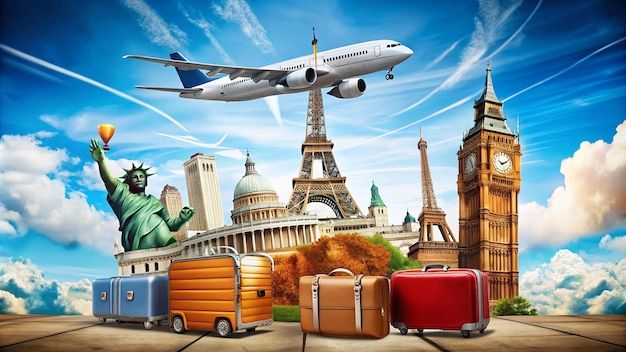
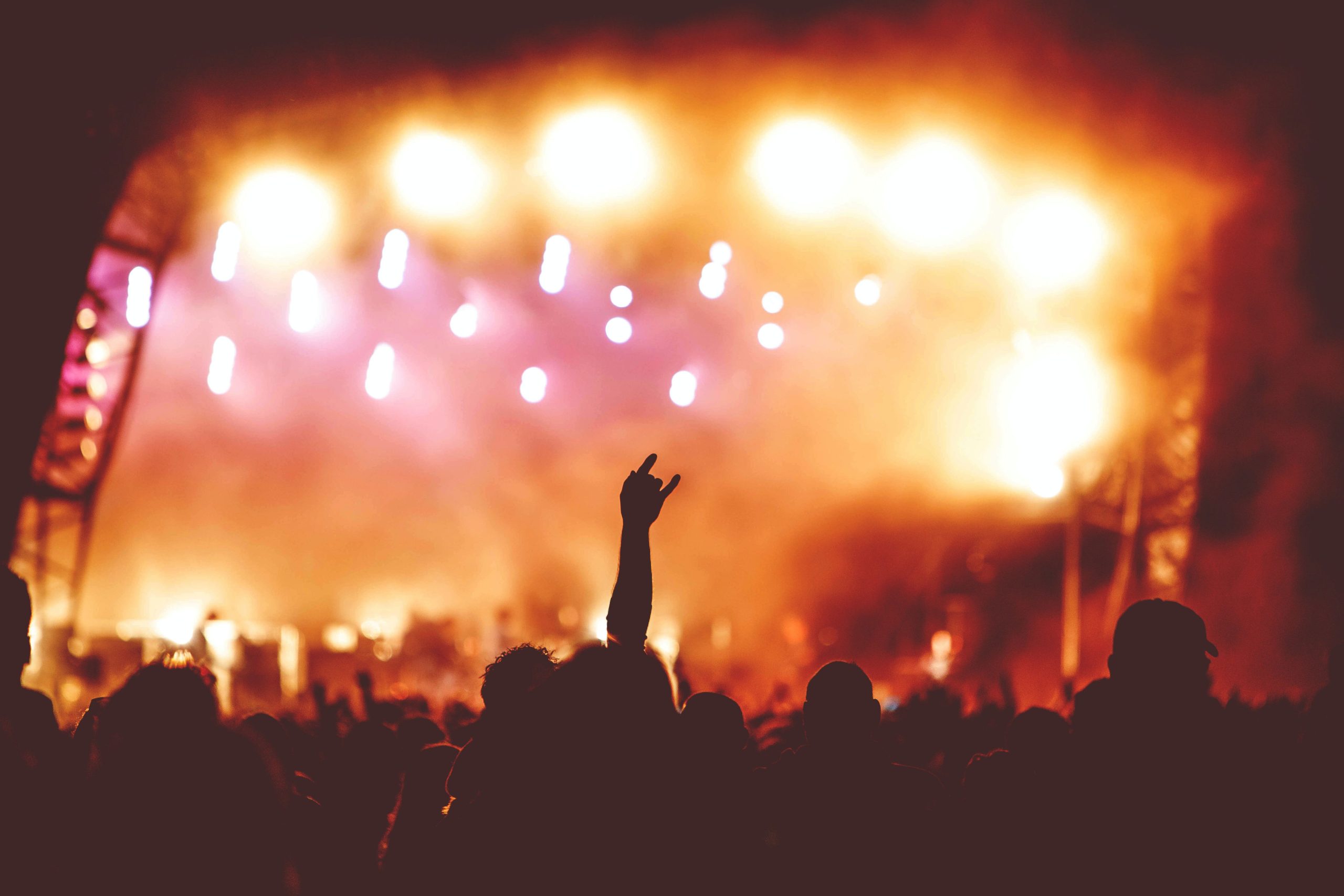
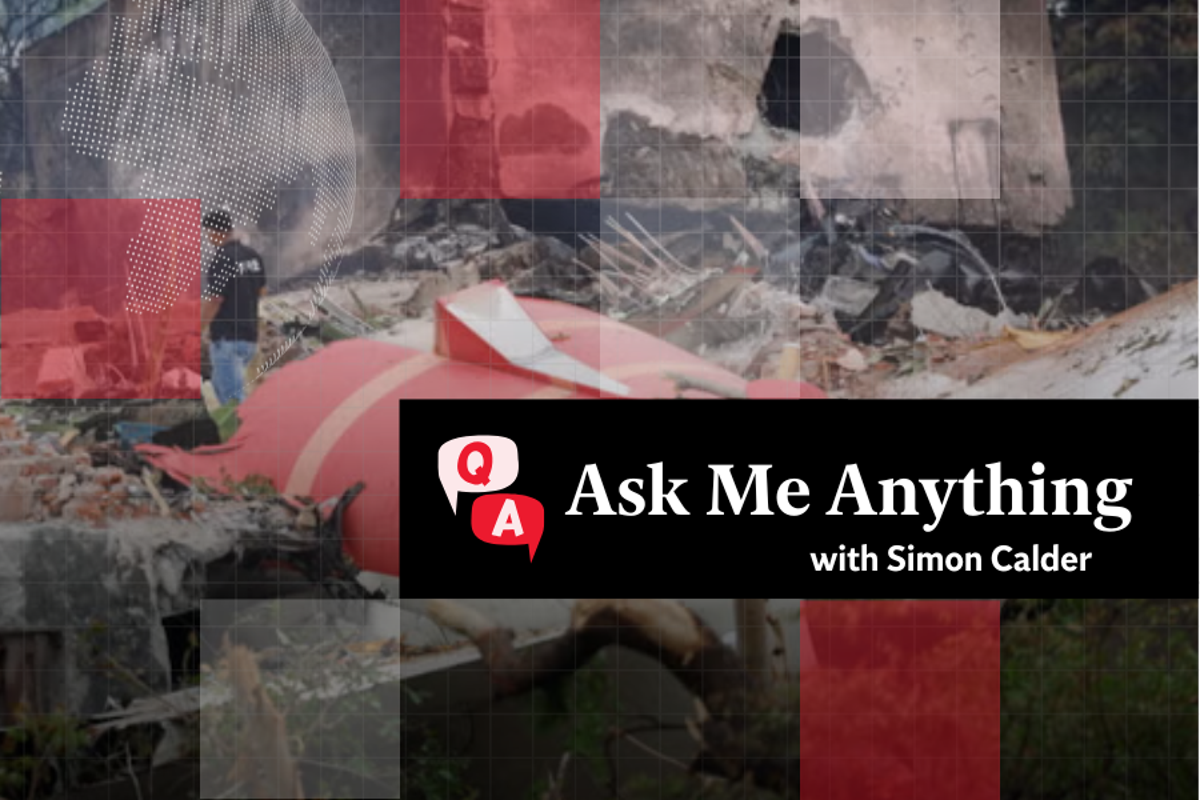

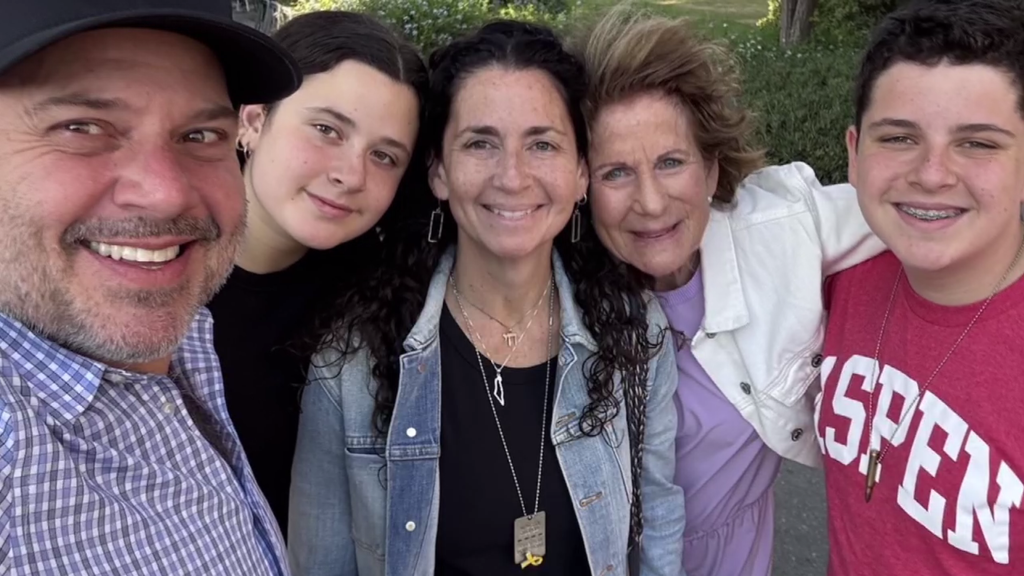



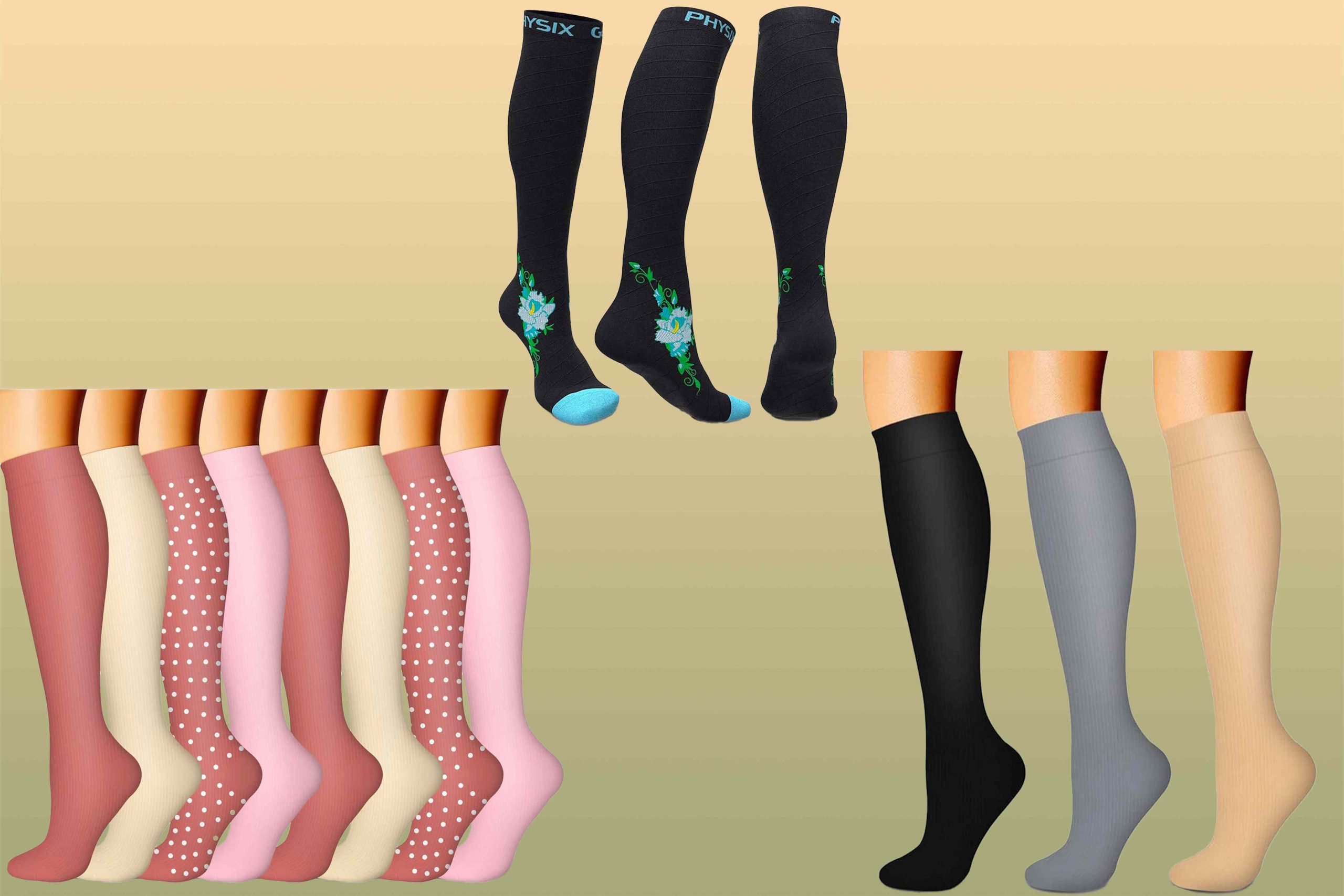
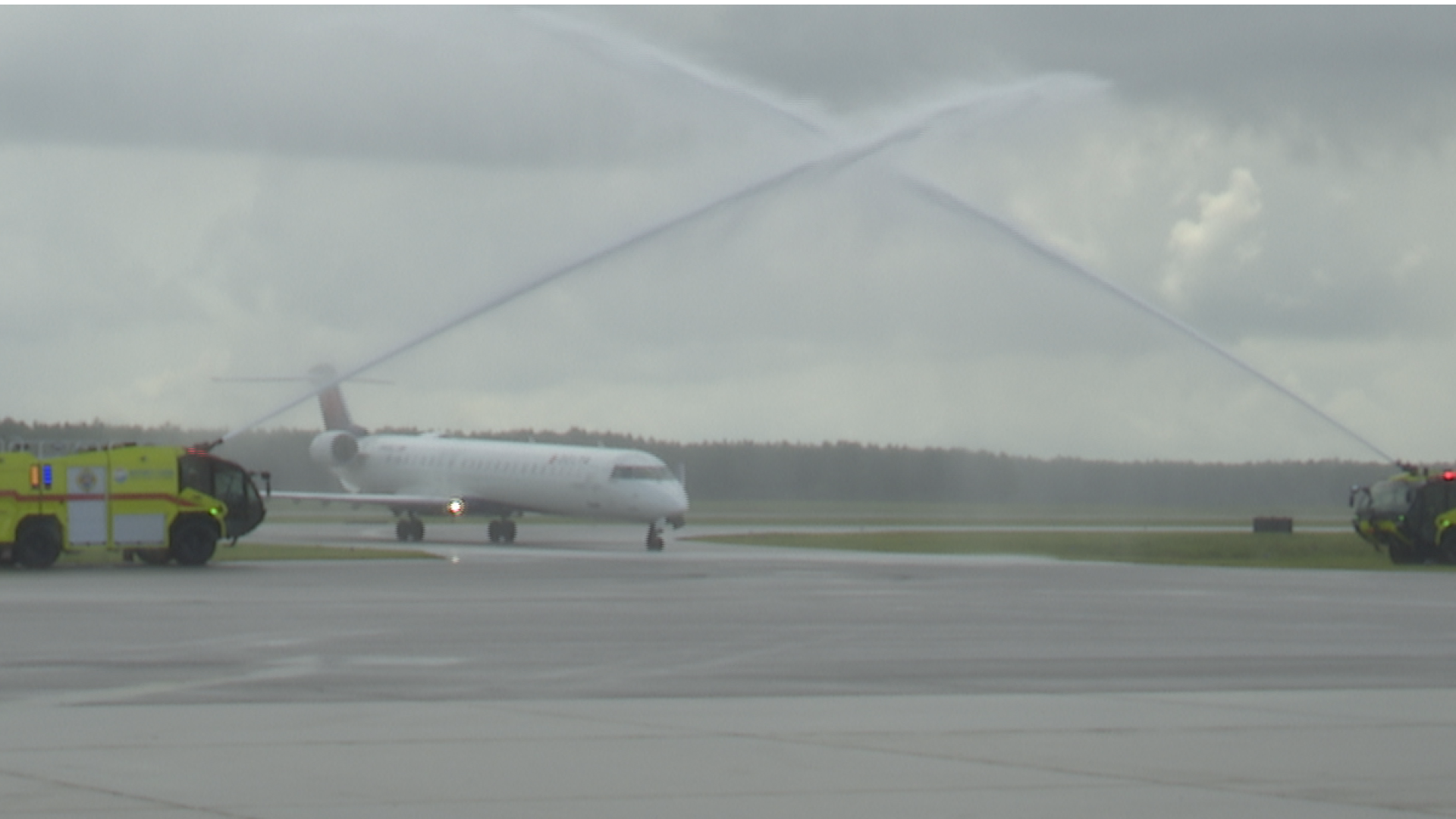
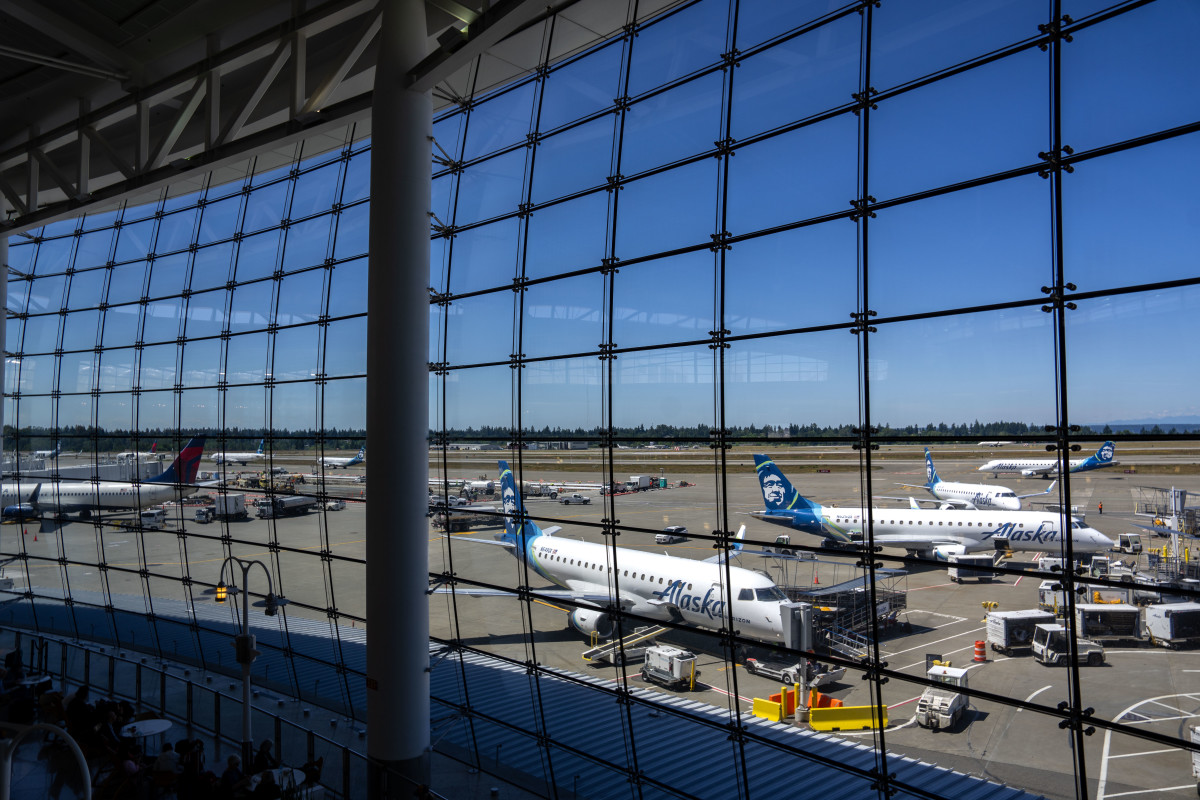
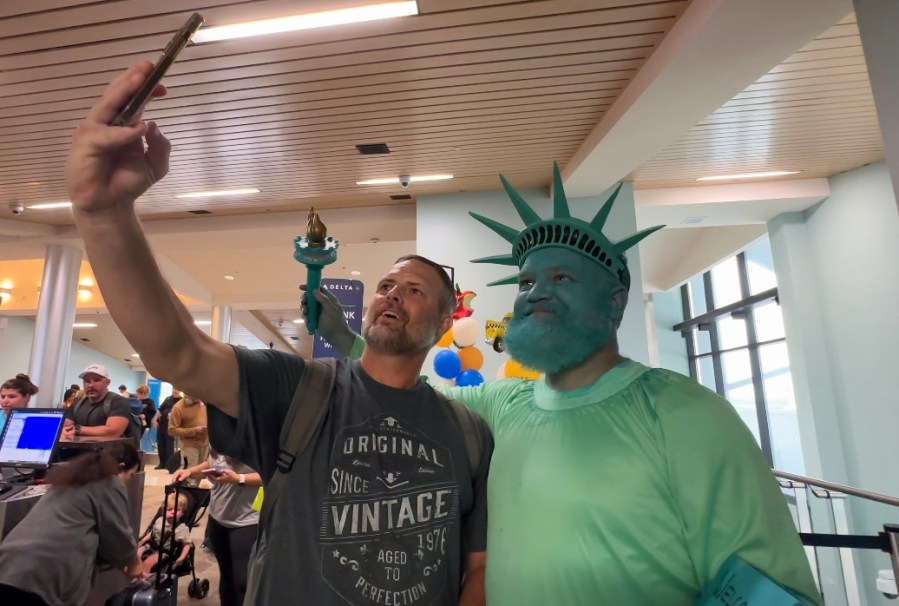
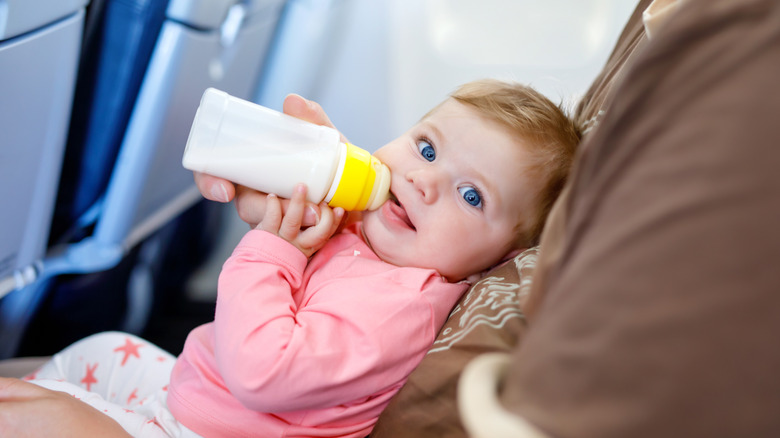


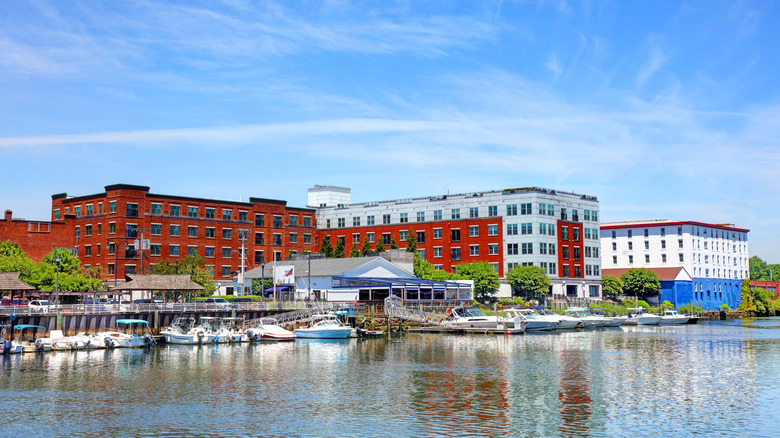


Leave a Reply